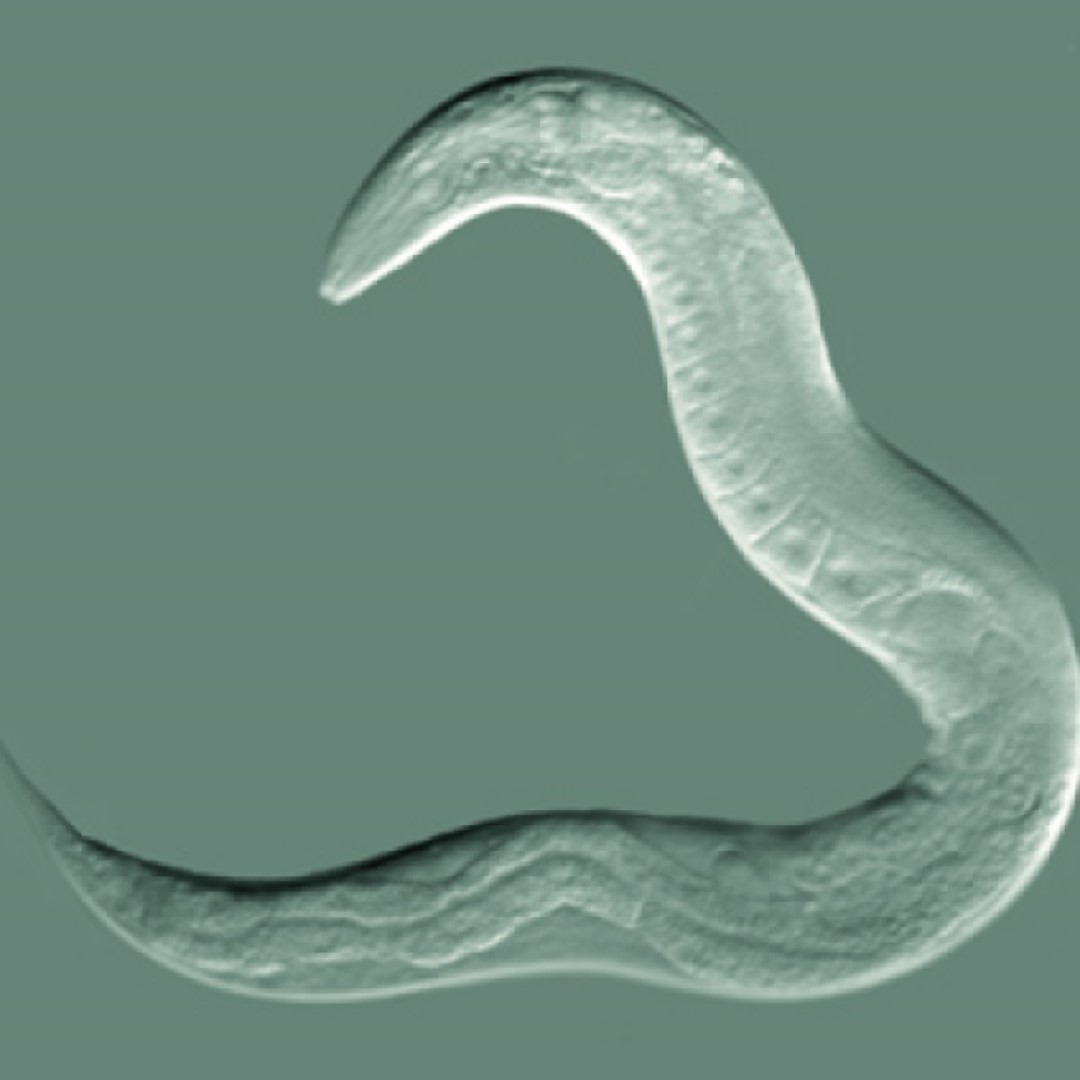
Genome analysis of revived 46,000-year-old roundworm from Siberian permafrost revealed a novel species
On Jul. 28, 2023, researchers from the Institute of Zoology at the University of Cologne, the Max Planck Institute and the Center for Systems Biology Dresden, using genome sequencing, assembly, and phylogenetic analysis announced that a 46.000 year old nematode, which was found in the Siberian Permafrost, belongs to a previously undescribed species, Panagrolaimus kolymaensis.
They showed that the biochemical mechanisms employed by Panagrolaimus kolymaensis to survive desiccation and freezing under laboratory conditions are similar to that of a life-cycle stage in the important biological model Caenorhabditis elegans. The study was published in the journal PLOS Genetics.
Some organisms, such as tardigrades, rotifers, and nematodes, can survive harsh conditions by entering a dormant state known as “cryptobiosis.” In 2018, researchers from the Institute of Physicochemical and Biological Problems in Soil Science RAS in Russia found two roundworm (nematode) species in the Siberian Permafrost. Radiocarbon dating indicated that the nematode individuals have remained in cryptobiosis since the late Pleistocene, about 46,000 years ago.
When Anastasia Shatilovich at the Institute of Physicochemical and Biological Problems in Soil Science RAS in Russia revived two frozen individual nematodes from a fossilized burrow in silt deposits in the Siberian permafrost, she and her colleagues were beyond excited. After thawing the worms in the lab, a radiocarbon analysis of plant material from the burrow revealed that these frozen deposits, 40 meters below the surface, had not thawed since the late Pleistocene, between 45,839 and 47,769 years ago.
According to Vamshidhar Gade and Temo Kurzhchalia, “Our experimental findings also show that Caenorhabditis elegans can remain viable for longer periods in a suspended state than previously documented. Overall, our research demonstrates that nematodes have developed mechanisms that allow them to preserve life for geological time periods.”
Tags:
Source: University of Cologne
Credit:
